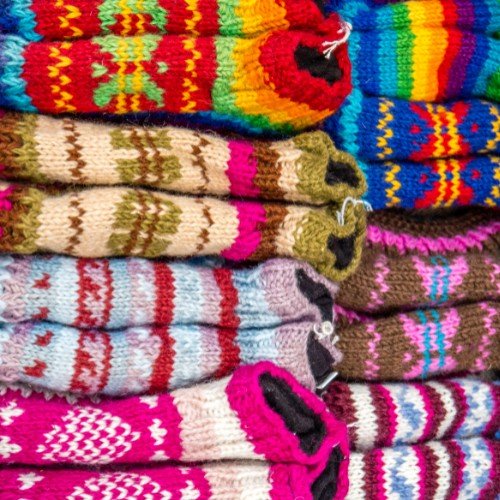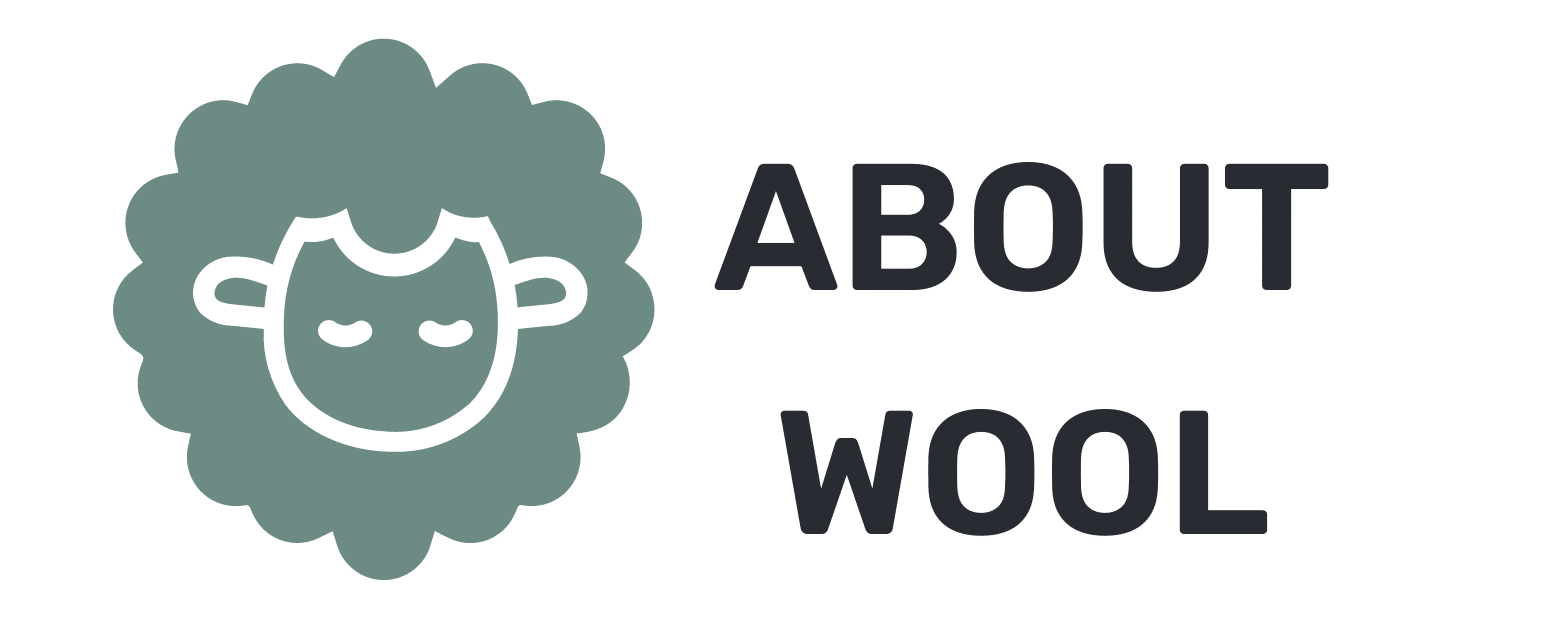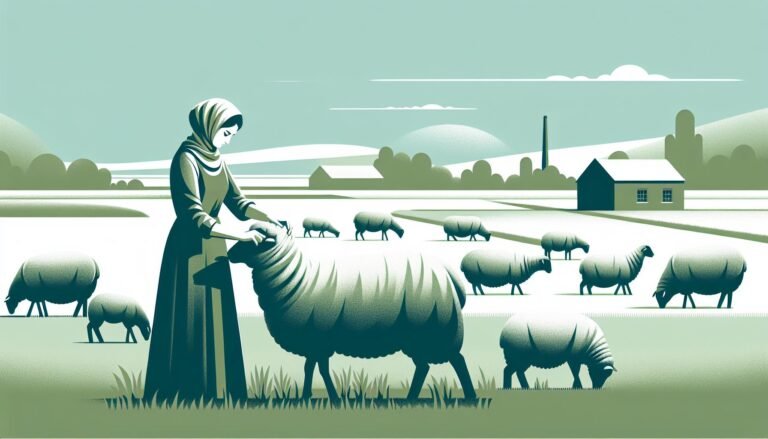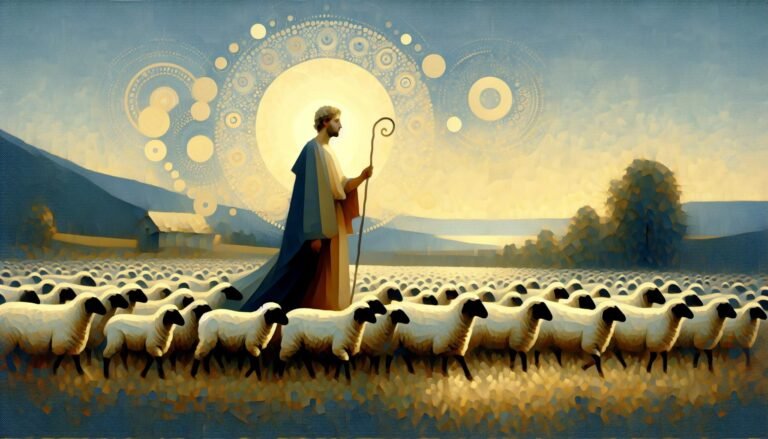The Hidden Gem of the Himalayas: Yak Wool
In the vast tapestry of textiles, yak wool remains a relatively uncharted territory for many. Sourced from the resilient yaks that traverse the high-altitude terrains of the Himalayas, this unique fiber has been an integral part of the lives of the nomadic tribes for millennia. This article aims to shed light on the wonders of yak wool, its unique properties, its comparison to other popular wools, and the sustainable practices surrounding its production.
The Origin of Yak Wool
Yaks, the bovine giants native to regions like Tibet, Nepal, and Mongolia, are well-adapted to the harsh climatic conditions of the Himalayas. Their thick undercoat, which is shed naturally during the warmer months, is the primary source of yak wool.
A Cultural Lifeline
For the indigenous tribes of the Himalayas, yak wool is not just a material—it’s a cultural heritage. Beyond clothing, yak wool is used to craft tents, blankets, and even ropes. The intricate art of harvesting and weaving this wool has been passed down through generations, reflecting the deep-rooted traditions of these communities.

Comparison of Luxury Wools:
| Wool Type | Softness | Warmth | Durability | Price |
|---|---|---|---|---|
| Yak Wool | 9/10 | 8/10 | 8/10 | 7/10 |
| Merino Wool | 7/10 | 8/10 | 7/10 | 7/10 |
| Cashmere | 10/10 | 9/10 | 7/10 | 10/10 |
| Alpaca | 8/10 | 9/10 | 8/10 | 9/10 |
The Unique Properties and Advantages of Yak Wool
While yak wool shares some similarities with other luxury fibers, it boasts a set of distinctive properties that make it stand out.
Superior Warmth and Comfort
Thanks to its fine fibers and high micron count, yak wool offers unparalleled insulation. This means garments made from yak wool provide exceptional warmth without being bulky.
Long-lasting Durability
Yak wool’s inherent strength ensures that products made from it, whether it’s a sweater or a scarf, stand the test of time.
Natural Breathability
Unlike many synthetic materials, yak wool is breathable. It can effectively regulate body temperature, ensuring comfort in varying conditions.

Hypoallergenic Qualities
For those with sensitive skin, yak wool is a blessing. Its hypoallergenic properties mean it’s less likely to cause allergic reactions.
Yak Wool vs. Other Wools: A Comparative Analysis
| Type of Wool | Softness | Warmth | Durability | Price |
|---|---|---|---|---|
| Yak Wool | High | Exceptional | Superior | Moderate |
| Merino Wool | Moderate | High | Moderate | Moderate |
| Cashmere | Very High | Very High | Moderate | High |
| Alpaca | High | Very High | High | High |
While yak wool holds its own against other luxury wools, its blend of softness, warmth, and durability makes it a top choice for discerning consumers.
The Ethical and Sustainable Production of Yak Wool
One of the most commendable aspects of yak wool production is its sustainability. Yaks are not harmed during the wool harvesting process. Instead, the wool is combed out during their natural shedding season. This ensures the animals are not subjected to any stress or discomfort.
Furthermore, yak wool production supports the livelihoods of the indigenous tribes, promoting sustainable practices and preserving their age-old traditions.
Challenges in Yak Wool Production
Despite its numerous advantages, yak wool production faces its own set of challenges. The remote locations of yak habitats make transportation and logistics a challenge. Additionally, as yak wool gains popularity, there’s a risk of overharvesting, which could harm the yaks and their environment.
Products Made of Yak Wool
Yak wool, with its unique blend of softness, warmth, and durability, has been transformed into a myriad of products that cater to both functional and luxury markets.

Clothing
The most common use of yak wool is in the production of clothing. From sweaters and cardigans to scarves and hats, yak wool garments are renowned for their warmth. These garments are especially sought after in colder climates where the insulation properties of yak wool are most appreciated. Moreover, due to its natural breathability, yak wool clothing is comfortable to wear, preventing excessive sweating and ensuring the wearer remains at a comfortable temperature.
Home Textiles
Beyond clothing, yak wool has found its way into our homes. Blankets and throws made of yak wool are popular for their incredible warmth and softness. These home textiles not only serve a functional purpose but also add a touch of luxury and elegance to any living space.
Accessories
In the world of fashion accessories, yak wool is a rising star. Gloves, mittens, and socks made from this fiber offer unparalleled warmth, making them a favorite for winter sports enthusiasts and those braving colder climates.
Yarn
For craft enthusiasts, yak wool yarn is a prized possession. Its soft texture and natural colors make it a favorite for knitting and crocheting projects. Whether it’s a hand-knitted scarf or a crocheted blanket, items made from yak wool yarn carry a touch of Himalayan luxury.
Animal Welfare
The ethical treatment of yaks is paramount in the production of yak wool. Unlike some other wool-producing animals, yaks are not subjected to practices that harm or stress them.
Ethical Harvesting
The wool is harvested during the natural shedding season of the yaks. This ensures that the animals are not subjected to any discomfort. The wool is combed out gently, ensuring the yak is not harmed in the process.
Natural Habitat
Yaks are allowed to roam freely in their natural habitat. They are not confined to small spaces or subjected to harsh conditions. This free-range lifestyle ensures that the yaks lead a healthy and stress-free life.
Supporting Local Communities
One of the significant aspects of yak wool production is its support for local communities. These communities have been rearing yaks for generations and have a deep respect for the animals. By supporting these communities, we ensure that the yaks are treated with care and respect.
Challenges and the Way Forward
As the demand for yak wool increases, there’s a pressing need to ensure that the production remains sustainable and ethical. Overharvesting and commercial pressures could harm the yaks and their environment. It’s crucial to strike a balance between demand and the well-being of these majestic creatures.
The Future of Yak Wool in Fashion
With the fashion industry’s growing emphasis on sustainability and ethical production, yak wool is poised to gain even more prominence. Its eco-friendly production, combined with its luxurious properties, makes it a sought-after material for designers and consumers alike.
What is yak wool?
Yak wool is a natural fiber obtained from the undercoat of yaks, bovine animals native to the Himalayan region, particularly Tibet, Nepal, and Mongolia.
How is yak wool harvested?
Yak wool is ethically harvested during the yaks’ natural shedding season. The wool is gently combed out, ensuring the animal is not subjected to any stress or harm.
How does yak wool compare to other wools like merino and cashmere?
Yak wool is comparable to luxury wools like merino and cashmere in terms of softness and warmth. However, it offers a unique blend of properties, including superior insulation, durability, and breathability.
What products are commonly made from yak wool?
Yak wool is used to produce a variety of products, including clothing (such as sweaters, scarves, and hats), home textiles (like blankets and throws), accessories (gloves, mittens, socks), and yarn for crafting.
Is yak wool sustainable and ethically produced?
Yes, yak wool is often touted as a sustainable alternative to other fibers. The yaks are not harmed during the wool harvesting process, and the production supports the livelihoods of indigenous Himalayan tribes.
How do local communities benefit from yak wool production?
Local communities in the Himalayas have been rearing yaks and harvesting their wool for generations. The production of yak wool supports their livelihoods, promotes sustainable practices, and helps preserve their age-old traditions.
Are there any challenges in yak wool production?
While yak wool has numerous advantages, its production faces challenges such as transportation and logistics due to the remote locations of yak habitats. There’s also a risk of overharvesting as yak wool gains popularity.
How does yak wool contribute to animal welfare?
The ethical treatment of yaks is paramount in yak wool production. Yaks are allowed to roam freely in their natural habitat, ensuring a healthy and stress-free life. The wool is harvested ethically, without causing harm or stress to the animals.
Conclusion
Yak wool, with its rich history, exceptional properties, and sustainable production, is truly a gem in the textile industry. As we move towards a more conscious and sustainable future, yak wool stands as a testament to the harmonious blend of tradition, luxury, and ethics.







